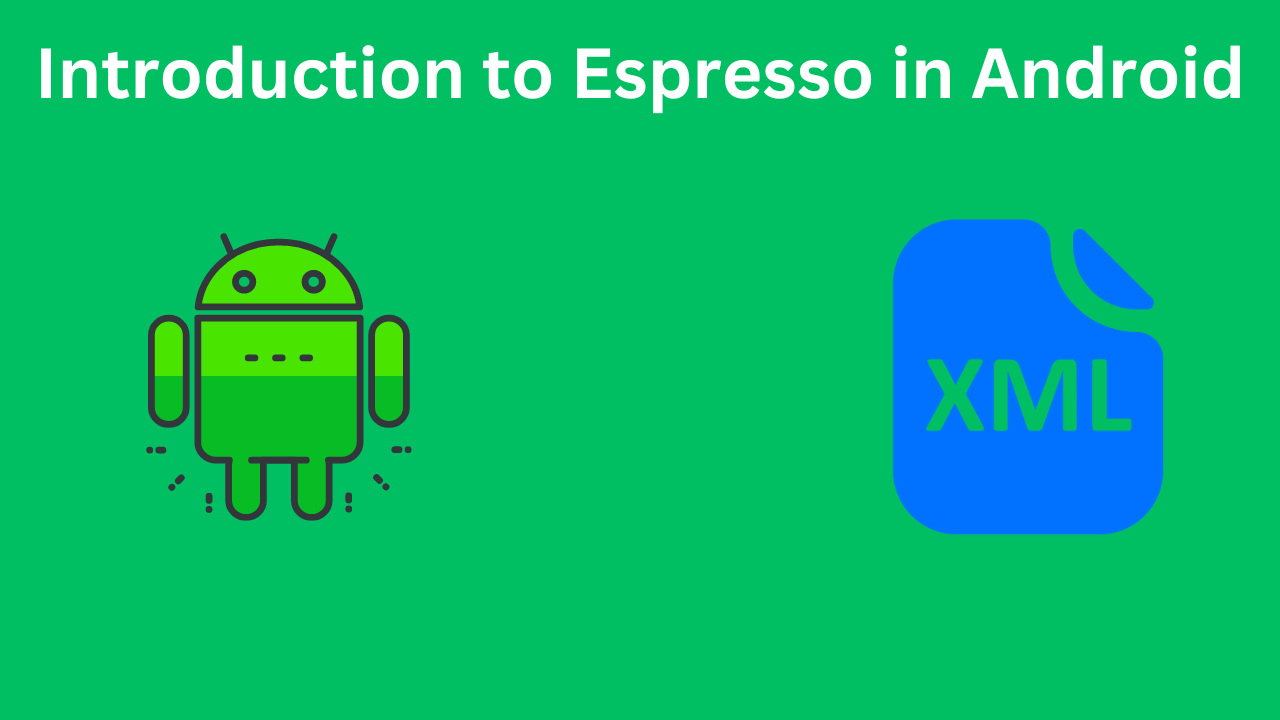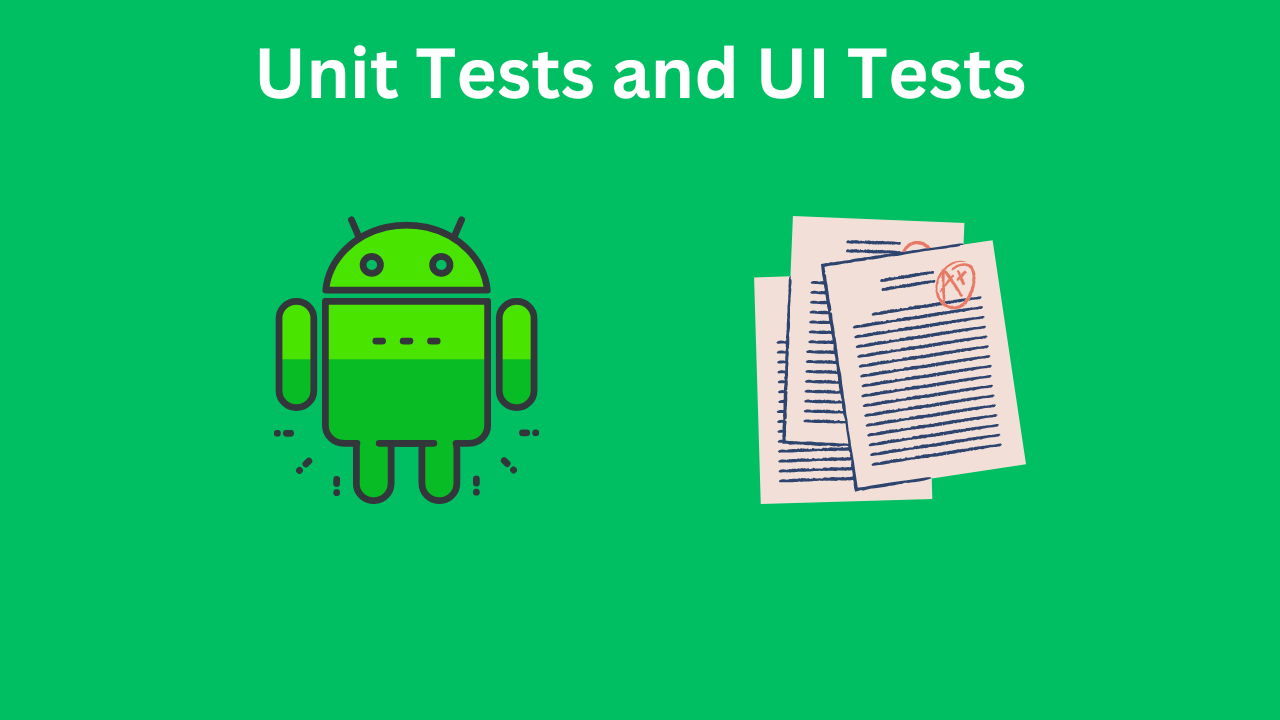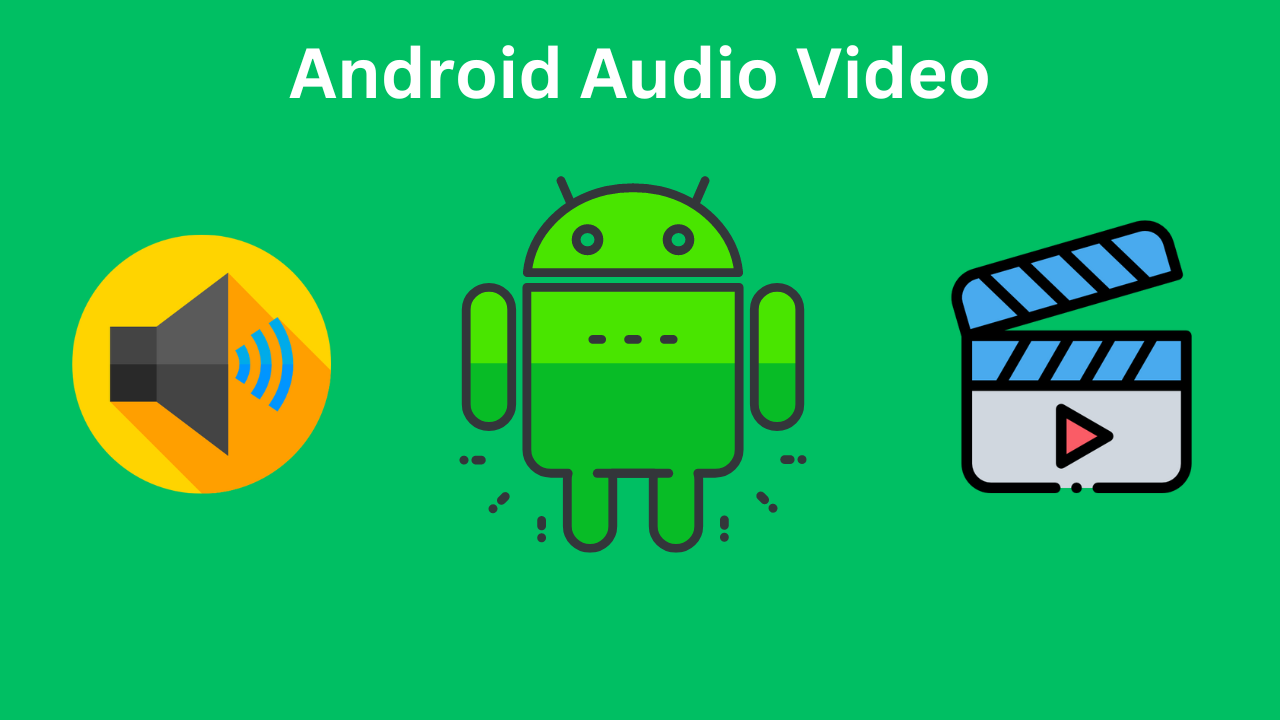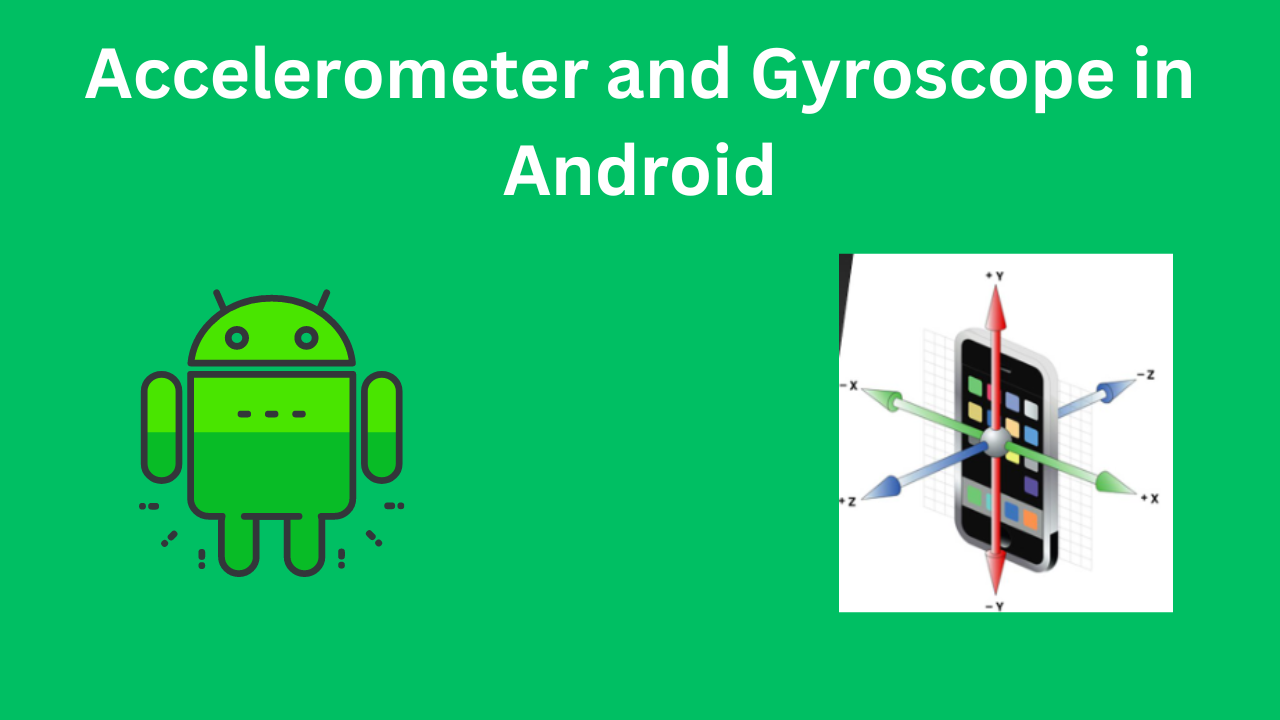App Security Best Practices in Android with Kotlin
App Security Best Practices in Android today’s digital age, mobile applications have become an integral part of our daily lives. From banking to social networking, shopping to health tracking, mobile apps handle a significant amount of personal and sensitive data. Consequently, ensuring the security of these applications is paramount. In this blog, we’ll delve into … Read more










